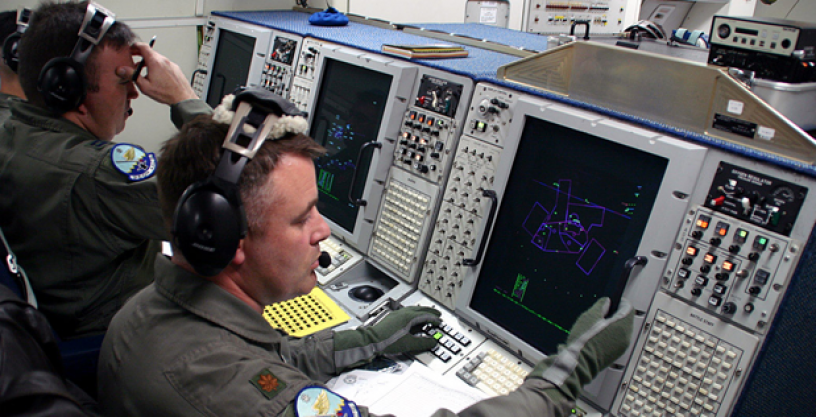
Summary
As commercial technologies become more advanced and widely available, adversaries are rapidly developing capabilities that put our forces at risk.
To counter these threats, the U.S. military is developing systems-of-systems concepts in which networks of manned and unmanned platforms, weapons, sensors, and electronic warfare systems interact over robust satellite and tactical communications links. These approaches offer flexible and powerful options to the warfighter, but the complexity introduced by the increase in the number of employment alternatives creates a battle management challenge.
Current battle management systems often lack the benefit of automated aids to help comprehend and adapt to dynamic situations. Further complicating matters, in future conflicts U.S. forces may face degradation or denial of critical communications capabilities essential for coordination and shared situation understanding. With both the complexity of coordinating innovative systems of systems, and the sophistication of adversary capabilities expected to grow, automated decision aids become vital.
The DBM program seeks to develop appropriately automated decision aids to assist airborne battle managers and pilots with managing air-to-air and air-to-ground combat. Specifically, the decision aids will be software tools integrated into each aircraft’s onboard systems to provide distributed adaptive planning and control and situation understanding.
A significant amount of foundational algorithm development work has been done in planning and control algorithms for battle management – much of it focused on the permissive environment with assured communications. The challenge for the DBM program is to build on those foundations to develop new algorithms that are reliable in realistic peer threat environments (environments in which existing algorithms, which assume assured communications, do not extend). An important part of this is implementation of the algorithms in software, integrating the software onto real aircraft, and demonstrating the software in virtual simulations and simulated combat.
The program envisions two phases. Phase 1 focuses on technology development—planning, control, and situation understanding algorithms, and design of appropriate human-machine interfaces—and system engineering. Phase 2 plans for a team to build an integrated DBM capability to manage air-to-air and air-to-ground combat in a contested environment and to demonstrate that capability in large-scale simulation and live fly events.
Office
Strategic Technology OfficeThis program is now complete
This content is available for reference purposes. This page is no longer maintained.
